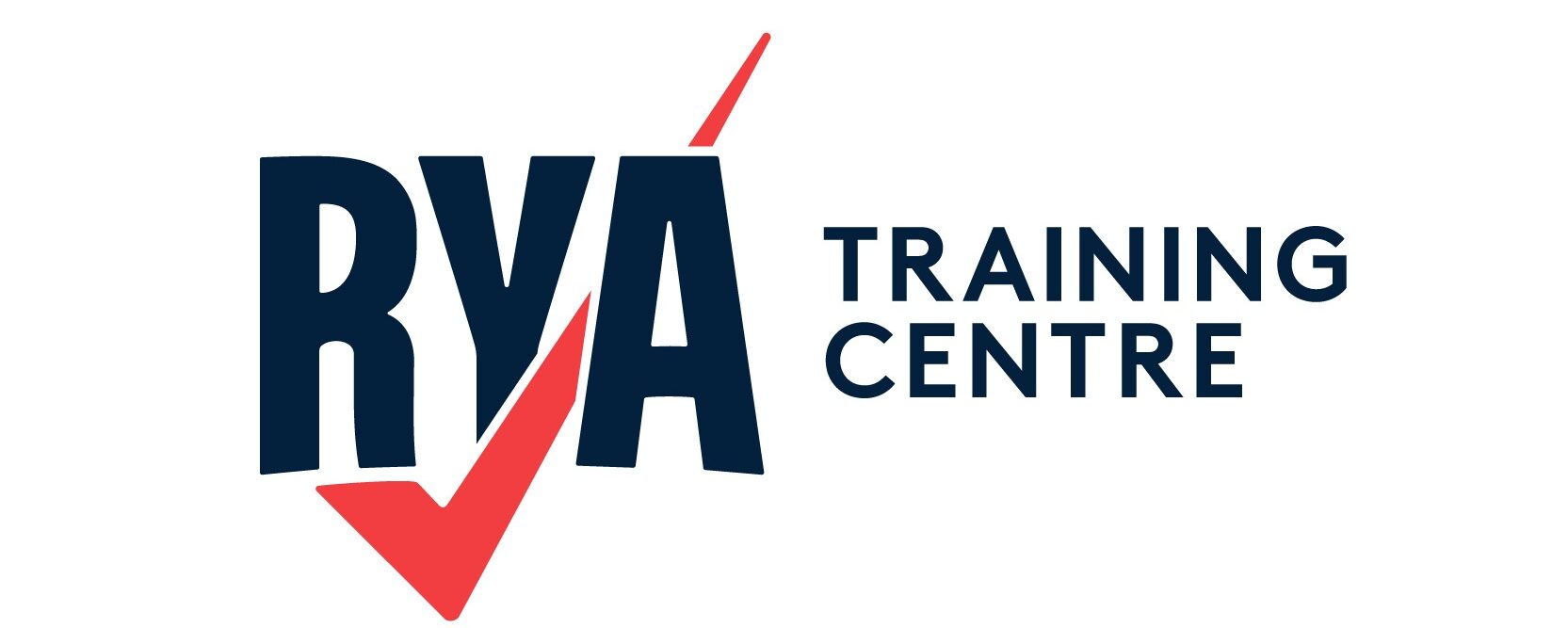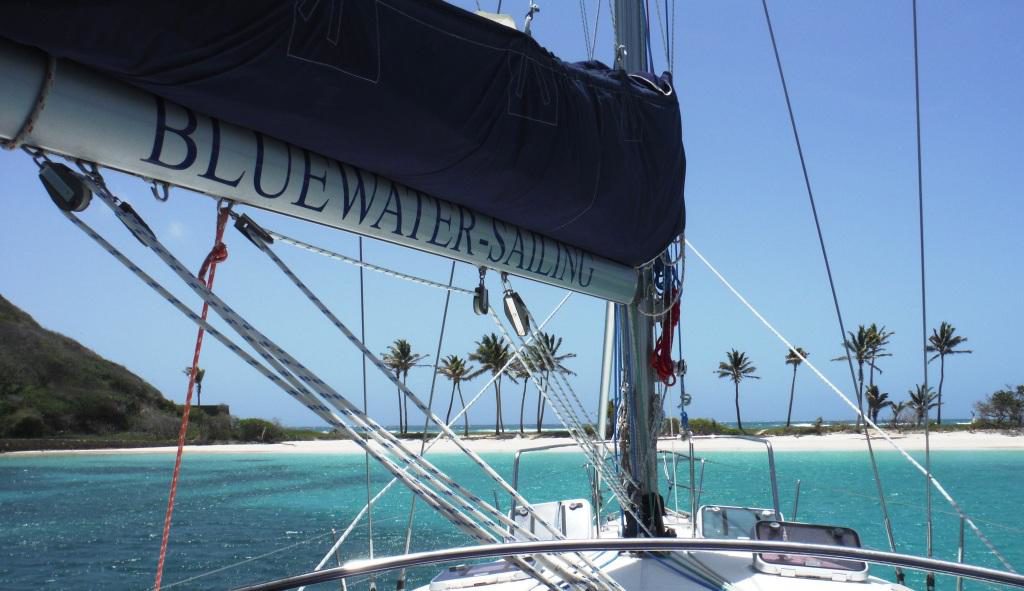Before you head out on your fun adventure, take a moment to run through this sailing pre-departure checklist to ensure a safe and fun time at sea.
Download our printable sailing pre-departure checklist here!
Safety
Life Jackets
- Assign and fit each person on boat (and pets!) with a personal life jacket. Read how to choose the right lifejacket here.
- Check emergency throwing devices in place and operational.
- Show all persons how to use the lifejackets and emergency devices. Read Man Overboard Procedures here.
Emergency Locator Beacons
- Check your Emergency Position Indicating Radio Beacon (EPIRB) is working and everyone knows the location it is stored.
- If you have them, explain to crew about Personal Locator Beacons (PLB).
Sound Producing Devices
- Must have a horn capable of producing a four second blast audible for at least 1/2 mile.
- Ensure a whistle or audible device is attached to each lifejacket.
Distress Signals
- Check flares and emergency equipment (liferaft) are in working condition and stored in an easily accessible location.
- Brief the crew of their location and safety rules for proper usage.
Fire Extinguishers
- Carry at least one fire extinguisher (or more if required by law) and make sure it is securely mounted, in working order, and accessible.
- Include location and instructions in safety briefing.
Navigation & Documentation
Lights and Shapes
- Have and use all navigation lights as required by law. Test yourself on lights and shapes here.
- Make sure all instruments and instrument lights are working.
- Recreational boaters must have and use day shapes for certain activities.
- Have one or more torches and spare batteries.
Weather Forecast
- Check the weather forecast. Read our tips on weather prediction in Grenada and how to read GRIB files.
- Have a working VHF radio on board to receive weather updates.
Documentation
- Have all the ship’s papers, your VHF radio license and fishing permits on board.
- Have the charts for the area you intend to cruise in, regardless of your level of local knowledge.
- Make a passage plan. Read how to create a passage plan here.
- Leave a float plan with at least one person on land so they know where to find you if needed. We have made a handy float plan for you to use here.
Equipment
Tools and Spares
- Have a spares box with standard parts that are commonly required.
- Have a toolbox on board with general tools and specific ones you need to fit your spares.
- Ensure your first aid kit meets local requirements and is kept in date.
Fuel and Oil
- Make sure you have adequate fuel – if not, then fill up.
- You should have enough fuel to ensure you reach home with some to spare.
- Check engine oil and coolant levels. Read our handy tips on diesel engine troubleshooting and general maintenance.
Ventilation Checks
- If you use gas for cooking ensure it is switched off when not in use, or well ventilated when in use. Make sure the bottle is stored safely and correctly.
- If fuel odours are detected, run checks, shut down the engine, and look for the source of the leak.
Bilges
- Check the bilges are reasonably dry and working properly.
- Clean up any spilled oil or waste in bilges if necessary.
Battery Care
- Make sure the power is on to the entire vessel and switches are in the correct positions.
- Have aboard spare batteries or chargers for accessories such as torches, GPS and handheld radios.
General
Docking and Anchoring Preparation
- Have your anchor set up and anchor line checked for wear. Read some Do’s and Don’ts for Anchoring here.
- Carry spare lines for unusual docking situations.
- Visually inspect all docking and anchoring lines.
- Make sure your fenders are secured properly and not deflated.
- Ensure you have enough food and water on board for the duration of your trip.


